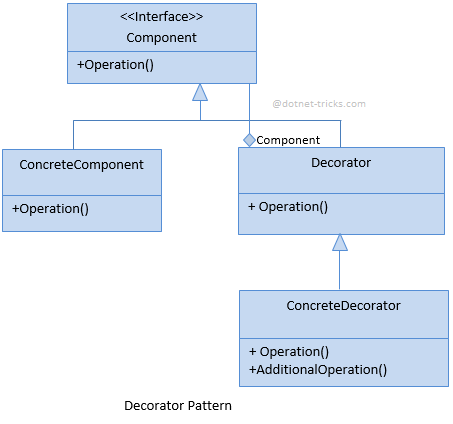Here is
the solution to generate unique number in sql server. We may use one of these
calculations to generate a number in this set:
SELECT
1000000 + (CONVERT(INT, CRYPT_GEN_RANDOM(3)) % 1000000),
1000000 + (CONVERT(INT, RAND()*1000000) % 1000000),
1000000 + (ABS(CHECKSUM(NEWID())) % 1000000);
But think again, Is number unique ?
Generating a random number on its own is not
difficult, using methods like RAND() or CHECKSUM(NEWID()).
The problem comes when you have to detect collisions. Let's take a quick look
at a typical approach, assuming we want CustomerID values between 1 and
1,000,000:
DECLARE @rc INT = 0,
@CustomerID INT = ABS(CHECKSUM(NEWID())) % 1000000 + 1;
-- or ABS(CONVERT(INT,CRYPT_GEN_RANDOM(3))) % 1000000 + 1;
-- or CONVERT(INT, RAND() * 1000000) + 1;
WHILE @rc = 0
BEGIN
IF NOT EXISTS (SELECT 1 FROM dbo.Customers WHERE CustomerID = @CustomerID)
BEGIN
INSERT dbo.Customers(CustomerID) SELECT @CustomerID;
SET @rc = 1;
END
ELSE
BEGIN
SELECT @CustomerID = ABS(CHECKSUM(NEWID())) % 1000000 + 1,
@rc = 0;
END
END
Wait, As the table gets larger, not only does
checking for duplicates get more expensive (More time required to complete the
process)
Different Approach
One idea is to pre-calculate a large number of
random number and store it in different table
CREATE TABLE
dbo.RandomIDs
(
RowNumber INT PRIMARY KEY CLUSTERED,
NextID INT
) WITH
(DATA_COMPRESSION = PAGE);
-- data compression
used to minimize impact to disk and memory
-- if not on Enterprise or CPU is your
bottleneck, don't use it
;WITH x AS
(
SELECT TOP (1000000) rn = ROW_NUMBER() OVER
(ORDER BY s1.[object_id])
FROM sys.all_objects AS s1
CROSS JOIN sys.all_objects AS s2
ORDER BY s1.[object_id]
)
INSERT
dbo.RandomIDs(RowNumber, NextID)
SELECT rn, ROW_NUMBER() OVER (ORDER BY NEWID())
+ 1000000
FROM x;
Now, in order to generate the next ID, we can
simply delete the lowest RowNumber available, and output its NextID for use.
We'll use a CTE to determine the TOP (1) row so that we don't rely on
"natural" order
DECLARE @t TABLE(NextID
INT);
;WITH
NextIDGenerator AS
(
SELECT TOP (1) NextID FROM dbo.RandomIDs
ORDER BY RowNumber
)
DELETE
NextIDGenerator OUTPUT deleted.NextID INTO @t;
INSERT
dbo.Users(UserID /* , other columns */)
SELECT NextID /* , other parameters */ FROM
@t;
